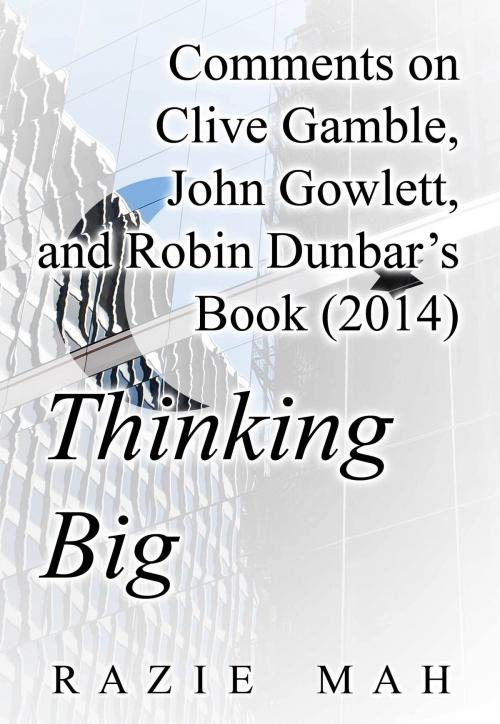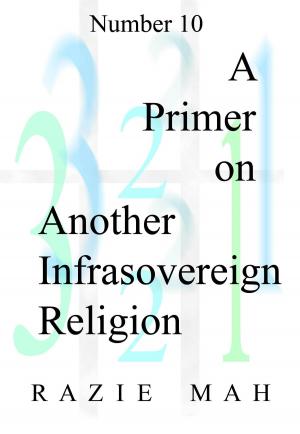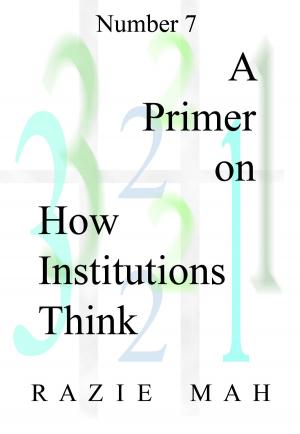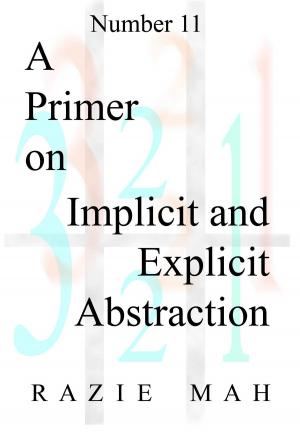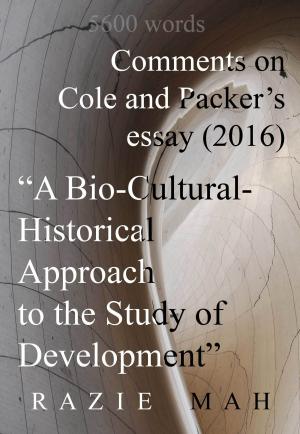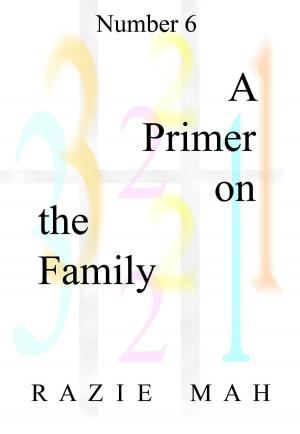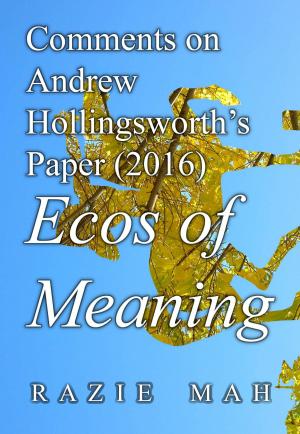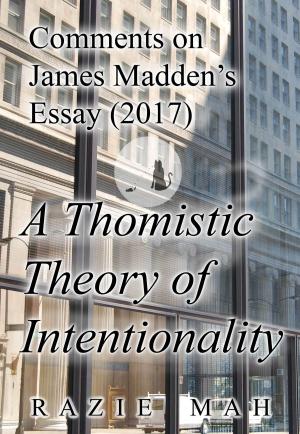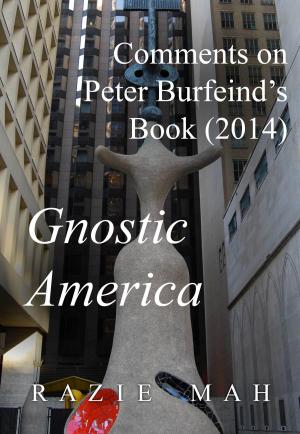Comments on Clive Gamble, John Gowlett and Robin Dunbar’s Book (2014) Thinking Big
Nonfiction, Reference & Language, Education & Teaching, Study Skills, Science & Nature, Science, Biological Sciences, Evolution| Author: | Razie Mah | ISBN: | 9781942824398 |
| Publisher: | Razie Mah | Publication: | January 4, 2018 |
| Imprint: | Smashwords Edition | Language: | English |
| Author: | Razie Mah |
| ISBN: | 9781942824398 |
| Publisher: | Razie Mah |
| Publication: | January 4, 2018 |
| Imprint: | Smashwords Edition |
| Language: | English |
Clive Gamble is a Paleolithic archaeologist. John Gowlett is a social anthropologist with primary interest in late European societies. Robin Dunbar is an evolutionary psychologist. Together, they submitted a proposal for research project commemorating the 100th anniversary of the British Academy. They were awarded the grant. Their book sums seven years of collaboration.
The title is: Thinking Big: How the Evolution of Social Life Shaped the Human Mind.
One key idea frames the discussion. For primates, the neocortex to body volume ratio is correlated to community size. Thus, the community sizes of our ancestors may be determined from the mathematical equation, once the relative sizes of the brain and body are estimated from fossils.
In the course of human evolution, the brain size of the hominins jumped twice. Otherwise, the brain size slowly increased. Our own species, the Neanderthal and the Devosinian ended up with the largest brain sizes. We also have the largest community sizes.
The question is: What promoted (and constrained) the larger and larger community sizes?
The answer always comes back to this: social life.
These comments re-articulate Gamble, Gowlett and Dunbar’s argument, using the category-based nested form along with a time-map for the evolution of talk, going from protolanguage, to hand talk to hand-speech talk, then finally, with the first singularity, to speech-alone talk.
Clive Gamble is a Paleolithic archaeologist. John Gowlett is a social anthropologist with primary interest in late European societies. Robin Dunbar is an evolutionary psychologist. Together, they submitted a proposal for research project commemorating the 100th anniversary of the British Academy. They were awarded the grant. Their book sums seven years of collaboration.
The title is: Thinking Big: How the Evolution of Social Life Shaped the Human Mind.
One key idea frames the discussion. For primates, the neocortex to body volume ratio is correlated to community size. Thus, the community sizes of our ancestors may be determined from the mathematical equation, once the relative sizes of the brain and body are estimated from fossils.
In the course of human evolution, the brain size of the hominins jumped twice. Otherwise, the brain size slowly increased. Our own species, the Neanderthal and the Devosinian ended up with the largest brain sizes. We also have the largest community sizes.
The question is: What promoted (and constrained) the larger and larger community sizes?
The answer always comes back to this: social life.
These comments re-articulate Gamble, Gowlett and Dunbar’s argument, using the category-based nested form along with a time-map for the evolution of talk, going from protolanguage, to hand talk to hand-speech talk, then finally, with the first singularity, to speech-alone talk.
